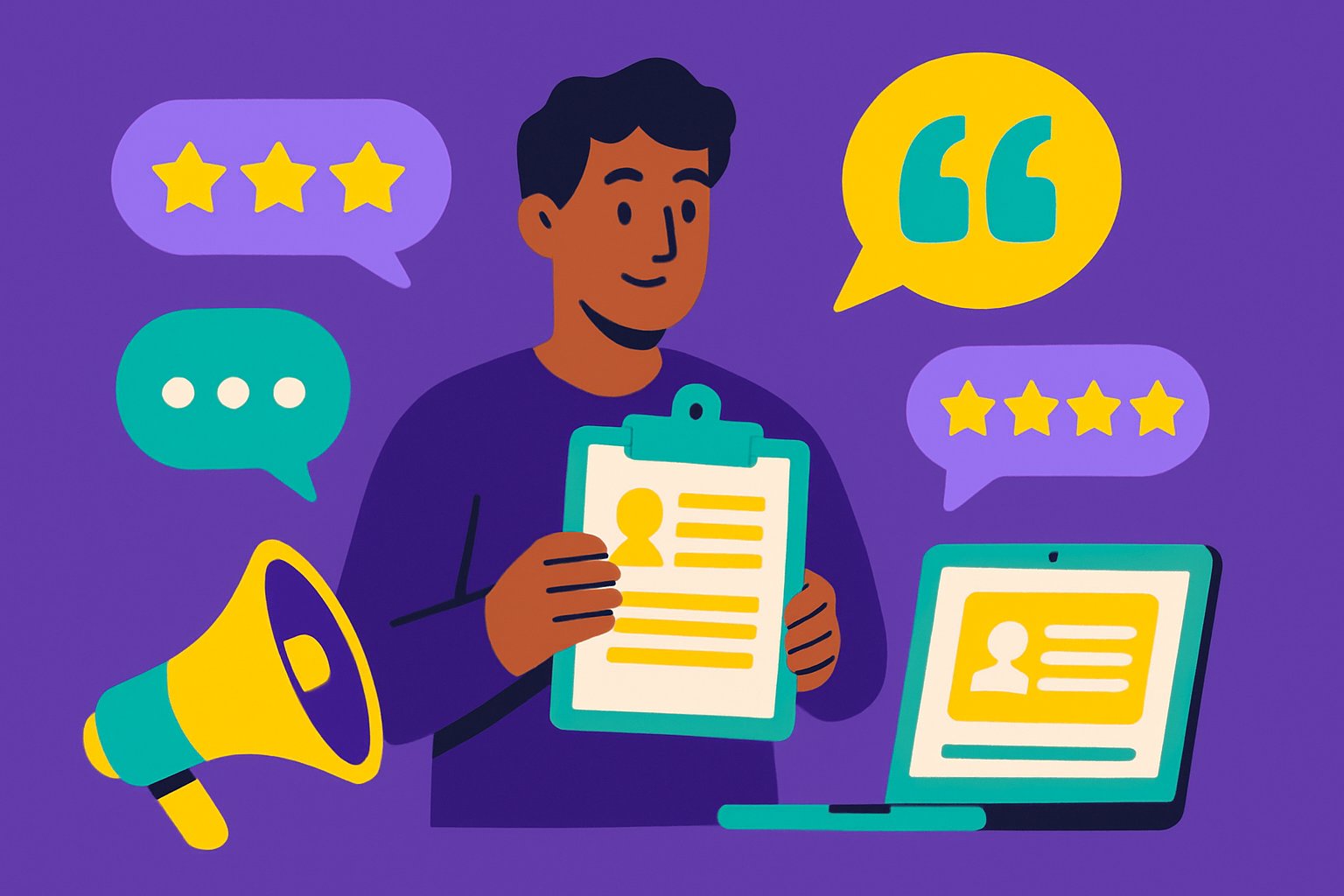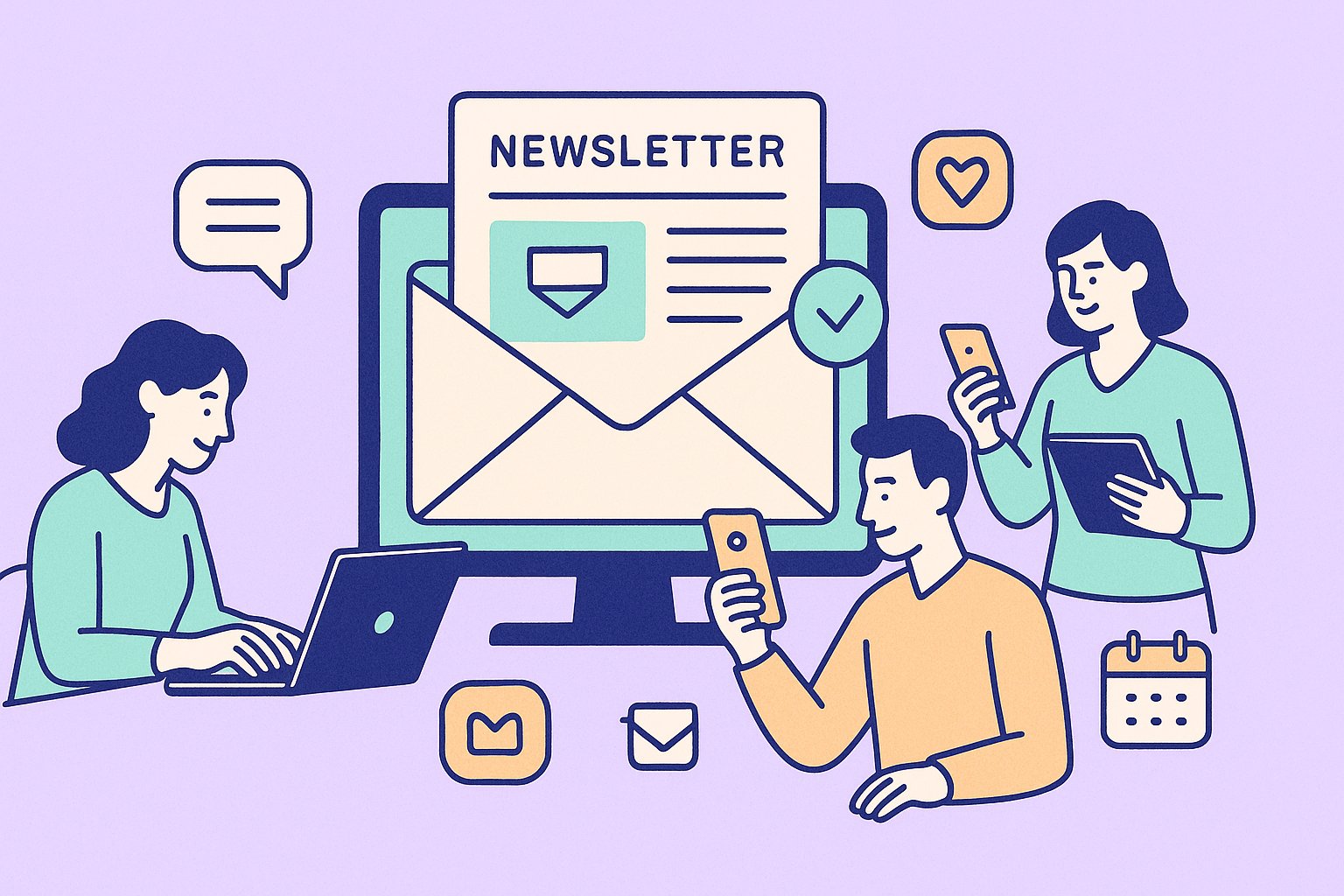Embracing the Magic of Real-Time Connection
In the crowded landscape of crowdfunding, standing out requires more than polished visuals or well-crafted product descriptions. Today’s backers yearn for authenticity and a sense of belonging that goes beyond simply clicking “pledge.” Hosting live Q&A sessions offers an unparalleled opportunity to bridge the gap between creators and supporters, allowing real-time interaction that humanizes your project and deepens trust. When backers can see the faces behind the campaign, hear the passion in your voice, and ask questions that matter to them, they transform from passive contributors into active collaborators. In this article, we’ll explore how to design, promote, and execute live Q&A sessions that captivate your crowdfunding community, foster loyalty, and ultimately drive sustained engagement.
Setting the Stage: Choosing the Right Platform and Tools
Before hitting “go live,” take stock of the technical landscape. The success of your live Q&A hinges on a seamless, user-friendly experience for both you and your audience. Platforms like Zoom, YouTube Live, Twitch, and Crowdcast each offer unique advantages—Zoom excels at intimacy with limited participants, while YouTube and Twitch can handle larger audiences and automatically archive sessions. Consider your community size and technical comfort: if your backers span multiple time zones, a platform with automatic recording and captioning can enhance accessibility. Ensure your internet connection is robust, ideally wired rather than relying on potentially unstable Wi-Fi. Invest in a quality microphone and camera; even modest upgrades can drastically improve audio clarity and video resolution. A clutter-free background and good lighting convey professionalism and allow viewers to focus on your insights rather than distractions. Finally, test your setup days before the event to troubleshoot any friction points. Run through logging in, screen sharing, and switching between presenters if you plan to include guest speakers. The smoother the technical execution, the more room you have to nurture genuine, dynamic conversation.
Crafting a Compelling Invitation for Backer Participation
The art of promotion begins long before “Going Live.” Craft an invitation that taps into backers’ curiosity and eagerness to feel heard. Start by highlighting the exclusive value of attending the Q&A: emphasize that this is their chance to peek behind the curtain, influence product design, and receive real-time updates. Use clear, concise language in your call-to-action: specify the date and time in multiple time zones if your backers are spread globally, include direct links for easy registration, and provide a brief teaser of the topics you’ll cover—new prototype demos, stretch goal reveals, or behind-the-scenes insights. Inject personality into your messaging: refer to loyal backers by name segments (e.g., “Early Adopters,” “Founding Backers”) and express genuine excitement about answering their burning questions. Incorporating a countdown graphic or a short video clip of your team prepping for the session can spark enthusiasm. Keep your email subject lines punchy—“Join Us Live: Unveil the Next Phase of Our Project!”—and share across multiple channels: email newsletters, social media updates, project updates on your crowdfunding page, and any relevant online forums. The goal is to create a sense of urgency and communal anticipation, ensuring that when the day arrives, your audience is primed and ready to engage.
Building a Roadmap: Structuring Your Q&A for Maximum Impact
While spontaneity is a trademark of authentic live sessions, a loose framework prevents your Q&A from devolving into chaos. Begin by outlining key segments you want to cover: a brief welcome and introduction, a demonstration of recent progress, a thematic deep dive (e.g., manufacturing challenges, design inspirations, or sustainability efforts), followed by an open floor for questions. Allocate approximate time blocks—five minutes for introductions, ten minutes for demonstrations, and the remaining time for audience queries—so you don’t get derailed and can ensure core messages make it through. If your campaign has multiple facets—product design, marketing strategy, fulfillment logistics—consider dedicating a few minutes to each theme, weaving in visuals or short video clips to keep energy levels high. For complex topics, prepare simple slides or visual aids to clarify technical details without overwhelming viewers. Above all, remain flexible: if backers zero in on one specific topic, be prepared to pivot your structure to address their curiosity. Having a roadmap allows you to navigate the session with confidence, but remember that the most memorable moments often spring from an unexpected backer question that sparks genuine dialogue.
Cultivating Engaging Content: Turning Updates into Stories
Backers don’t attend live Q&As merely to hear dry status reports; they crave the narrative thread that ties each update to the broader mission. Frame your content as an unfolding story, beginning with the journey that led to your current milestones. Describe challenges you’ve faced—supply chain hiccups, design iterations, or beta testing feedback—and explain how each obstacle inspired creative solutions. When revealing prototypes, narrate the emotional journey: share anecdotes, such as the excitement of the first working sample or the moment you realized a design tweak would vastly improve user experience. If you have early user testimonials or short clips of beta testers interacting with your prototype, weave them seamlessly into your presentation to offer social proof. Storytelling transforms your technical progress into an immersive experience, allowing backers to see themselves as characters in the tale rather than passive observers. This emotional resonance not only fuels engagement during the session but also inspires backers to share your story with their own networks, amplifying your reach organically.
Encouraging Questions: Creating a Safe, Inclusive Environment
A successful live Q&A thrives on genuine interaction, and the key to unlocking backer curiosity lies in establishing an environment where everyone feels comfortable speaking up. Begin by setting clear guidelines at the outset: encourage respectful dialogue, remind participants to mute themselves when not speaking, and outline how question submissions will work—whether through a chat window, a Q&A tab, or direct audio contributions. Consider appointing a dedicated moderator to filter incoming questions, grouping similar queries to avoid repetition and giving priority to questions from high-engagement segments. Periodically remind viewers how to submit questions, especially if chat activity slows. Use icebreaker prompts early on—“Who’s tuning in from the UK tonight?” or “Shout out if you’re excited about our latest stretch goal”—to spark camaraderie and loosen inhibitions. When a backer’s question pops up, address them by name to reinforce that individual recognition. If screen-sharing, display their question on screen so everyone can follow along. Throughout the session, practice active listening: pause briefly after each question to ensure your answer resonates, and don’t be afraid to say, “That’s a fantastic question; let me elaborate.” By validating backers’ inquiries and giving them your full attention, you signal that their voices matter, propelling deeper engagement.
Mastering Moderation: Balancing Energy and Focus
Live events can be unpredictable; a flood of questions might overwhelm you, or a lopsided focus on a single theme could alienate segments of your community. That’s where thoughtful moderation comes in. If possible, enlist a team member to oversee chat activity, curate top-priority questions, and relay them externally so the host can focus on delivering thoughtful responses. A moderator can also inject energy—acknowledging enthusiastic backers (“Great to see Sarah from Canada! Thanks for the hilarious GIF!”) and gently steering off-topic threads back to the central theme. When handling contentious or critical questions—such as inquiries about delays, budget overruns, or negative reviews—approach them with transparency, acknowledging concerns candidly rather than sidestepping. If you don’t have a complete answer in the moment, commit to following up after proper investigation and provide a timeline for when backers can expect details. Balancing open, honest communication with a streamlined format ensures that the session remains both informative and invigorating. As the clock ticks, maintain the session’s momentum by summarizing key takeaways after each thematic block, reminding viewers why they tuned in and setting the stage for the next segment of inquiry.
Turning Feedback into Fuel: Real-Time Adaptation and Follow-Up
One of the greatest advantages of live Q&A sessions is the immediate feedback loop. As backers voice their questions, preferences, and concerns, you gain invaluable insight into community sentiment. If multiple backers express confusion about a product feature or voice requests for additional stretch goals, take a moment to acknowledge and respond in real time. This not only addresses individual concerns in the moment but also sends a powerful message that you’re listening. After the session, collate all questions and feedback—both answered and deferred—in a structured document to guide your next steps. Consider publishing a recap blog post or a dedicated project update that distills key questions and the answers you provided, giving backers who couldn’t join live a chance to stay informed. For questions you promised to investigate further, include clear timelines and progress reports in follow-up communications. This cycle of engagement—listening, adapting, and updating—builds a virtuous feedback loop that elevates your campaign’s credibility and fosters a culture of continuous collaboration.
Enhancing Engagement: Creative Twists to Standard Q&As
To keep your sessions fresh and exciting, experiment with creative formats that deviate from the typical “host answers questions” model. For example, invite guest speakers such as engineers, designers, or manufacturing partners to provide specialized insights, then facilitate a mini-panel discussion where they each field backer questions. Alternatively, incorporate mini-demonstrations—like live unboxing, hands-on product tests, or a quick walkthrough of your workshop—to add a dynamic, visual element. You might also introduce themed Q&As: “Maker’s Monday” where you focus on design challenges, “Funding Fridays” highlighting financial milestones, or “Customer Spotlight” sessions where you invite select backers to share their experiences and ask questions directly. Gamify participation by awarding digital badges or exclusive backer perks to attendees who ask the most insightful questions or contribute valuable feedback. By infusing novelty into each session, you maintain curiosity and anticipation within your community, ensuring sustained attendance and word-of-mouth spread about the value of tuning in live.
Navigating Time Zones and Accessibility Concerns
Crowdfunding campaigns often attract supporters from around the globe, presenting the challenge of scheduling a live event that accommodates diverse time zones. To address this, rotate session times: hold one Q&A during daytime hours for North American audiences and another in the evening to capture European or Asian backers. If multiple live sessions aren’t feasible, record your event and post the archived video promptly—ideally within 24 hours—so latecomers can catch up and submit follow-up questions. Incorporate closed captions for hearing-impaired supporters or backers who prefer watching without audio. Offer a transcript or highlights summary in the primary languages of your audience if your project has significant international appeal. Prominently include accessibility information in your invitation materials—indicating whether the session will feature live transcription services, sign language interpretation, or adjustable playback speeds—so backers can plan accordingly. Addressing these considerations upfront not only broadens participation but also signals respect for the diverse needs of your community.
Cultivating Long-Term Momentum Through Consistent Q&A Rituals
A single live Q&A can spark excitement, but consistency transforms fleeting engagement into a robust, enduring community tradition. Establish a regular cadence—weekly, biweekly, or monthly—so backers know to anticipate the next live connection. Publish a tentative schedule well in advance, linking each session to project milestones or thematic series that align with your campaign roadmap. As your community grows, consider segmenting sessions by backer tiers: for example, host an exclusive monthly Q&A for high-tier backers with deeper technical content or early prototype reveals, while maintaining broader sessions for all supporters at mid-tier intervals. Celebrate milestones during these events—like hitting a funding goal or shipping the first batch of rewards—with special Q&A topics or surprise guest appearances. Over time, your Q&A sessions become a cornerstone of your project’s narrative, a space where backers rally, share excitement, and witness real progress unfold. This sustained practice transforms scattered one-off contributions into a collaborative community journey defined by shared pride and ownership.
Measuring Success: KPIs and Takeaways for Future Events
To ensure each live Q&A surpasses the last, commit to a data-driven approach. Track attendance metrics—who logged in, how many stayed for the entire session, and where drop-offs occurred. Monitor engagement indicators such as chat activity, questions submitted per minute, and reaction emojis (if available). Review post-event analytics to gauge video views for recorded sessions, average watch time, and retention percentages. Survey attendees afterward with a brief feedback form: ask what they found most valuable, which topics they’d like covered next, and any technical glitches they experienced. Compare these insights against your campaign’s broader performance metrics—pledge spikes, social media mentions, or referral traffic—to understand the direct impact of the Q&A on your crowdfunding momentum. Document these findings in a dedicated “Live Event Playbook,” noting best practices, pitfalls to avoid, and evolving community preferences. This living resource ensures that as your campaign evolves, you refine your approach to deliver ever more impactful, engaging sessions.
Bringing It All Together: From One Session to Lasting Relationships
Live Q&A sessions offer creators an unmatched avenue to break down barriers, share unfiltered passion, and invite backers into the heart of their journey. By carefully selecting platforms, crafting compelling invitations, structuring dynamic content, and fostering an inclusive environment, you transform a simple broadcast into a two-way dialogue that strengthens trust and community cohesion. Remember that each session is an opportunity not just to inform, but to inspire—candor, authenticity, and responsiveness lay the foundation for backers to feel genuinely valued. As you iterate on your approach—incorporating data-driven insights, experimenting with innovative formats, and honoring accessibility needs—you nurture a resilient, engaged community that stands beside you long after the Q&A’s “End Meeting” button is clicked. Ultimately, hosting thoughtful, exciting live Q&A sessions becomes more than a tactic; it becomes an essential ritual in your crowdfunding journey—one where backers evolve into brand ambassadors, evangelizing your vision and propelling your project to new heights.




